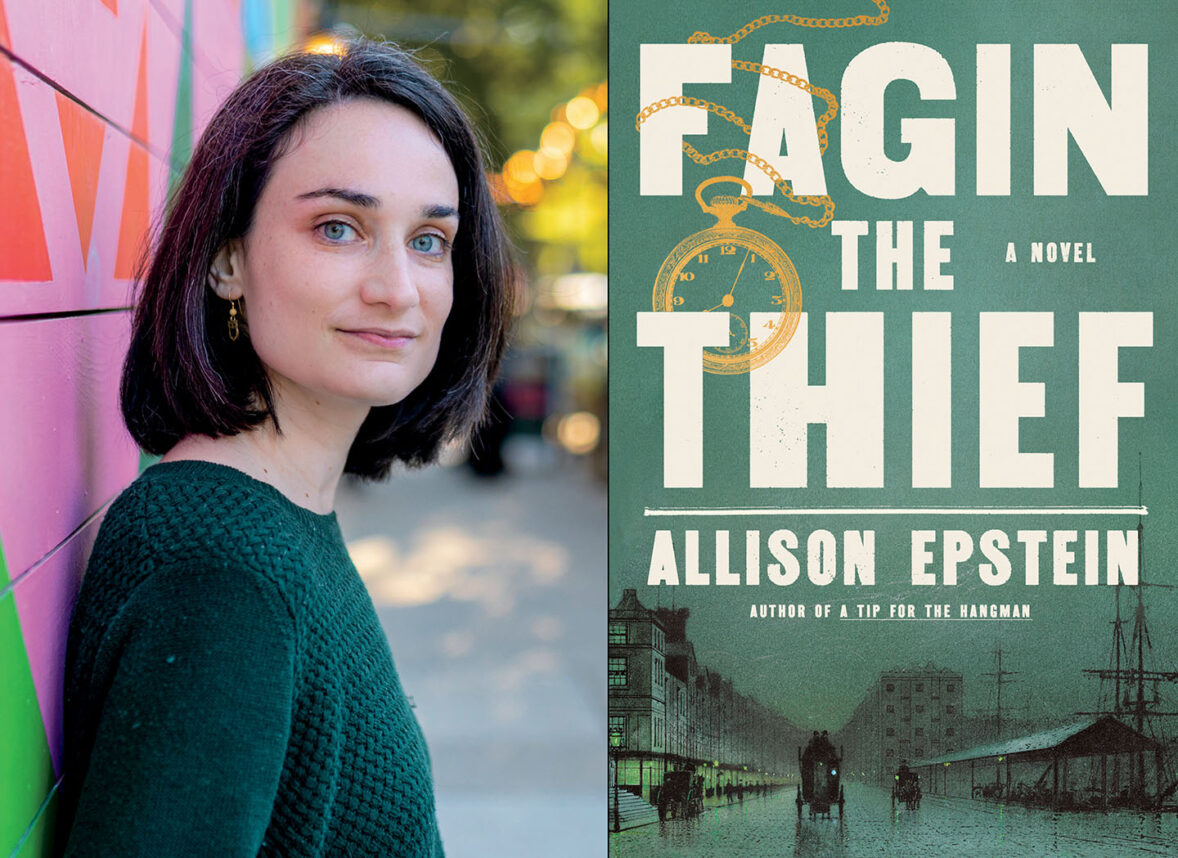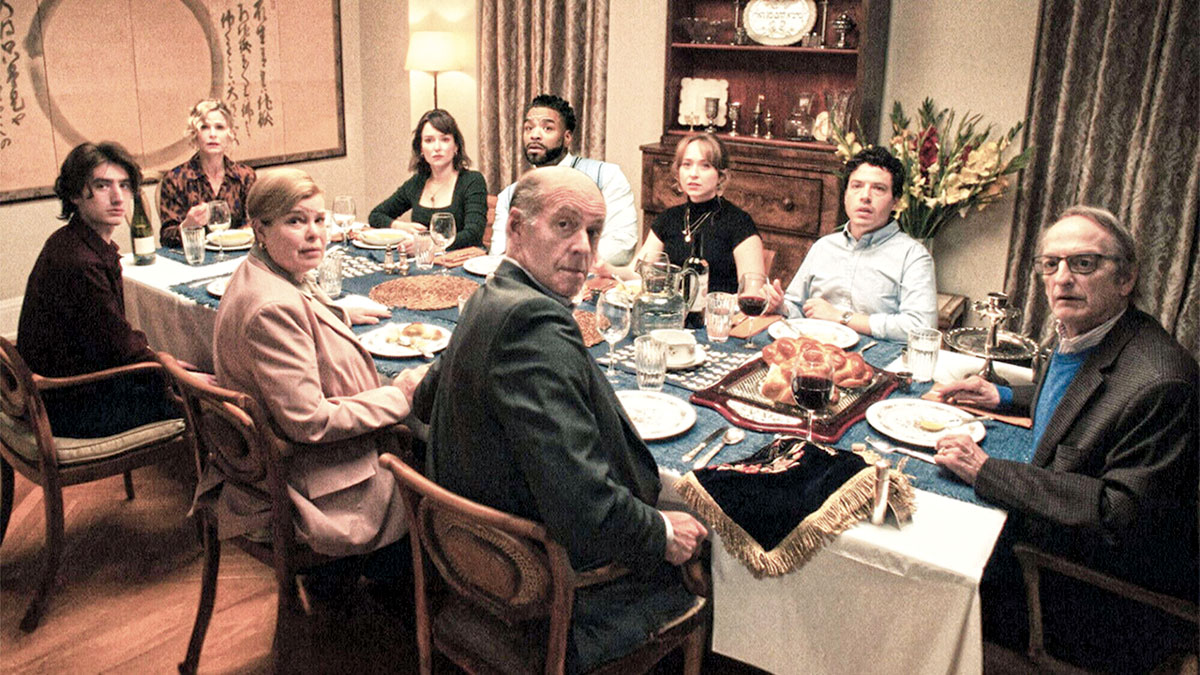On the distaff side, need we say more than Zsa Zsa?
When my friend Lawrence Karman, cameraman par excellence, invited me a few weeks ago to a screening of “Bánk Bán,” the filmed version of the classic Hungarian nationalist opera, I accepted enthusiastically. Not because I’m a big fan of opera in general or Hungarian operas in particular, but rather because it would give Larry and I an opportunity to wax nostalgic about our favorite subject: Hungarians in Hollywood.
There was a time in the 1930s and 1940s, the story goes, that a billboard was posted at the border of Hollywood: “It’s not enough to be Hungarian, you also have to have talent.”
Those were the days when Michael Curtiz of Casablanca fame, was known as Mihály Kertész, former head of the Budapest film studios. Adolf Zukor and Bill Fox were in the first wave of Magyars to colonize Hollywood but they were soon joined by many other countrymen. Bela Lugosi kept his accent, Leslie Howard didn’t and Peter Lorre had an accent of his own invention. Back then, Zoltan Kordan might direct a film, Vincent Korda would do the sets and Sir Alexander Korda would produce it. Screenplay by Ferenc Molnár, score by Miklos Roza. Card games abounded, filled with refugees from the Austro-Hungarian empire under whose umbrella we might find such diverse talents as Paul Muni, Billy Wilder and Ernst Lubitsch.
Lawrence (or Latzi as I call him on such occasions) and I come by our Magyarphilia honestly. Our mothers were in high school together — in Budapest. We grew up with a touch of paprika in our blood and occasionally mourn for the vanished world.
Our soirée Hongroise began with dinner at Csardas, the Hungarian restaurant on Melrose near Vine. This is where we go to eat our soul food — cold cherry soup, wiener schnitzel, roast duck, some cucumber salad (all in large portions) — and speak the few words of Hungarian we remember to waiters who are always curious to know how anyone else could know their language. The Csardas recently installed a giant plasma screen with a satellite hookup so we watched live Hungarian TV as we overate.
We then made our way to a Hollywood Boulevard movie palace that has become a USC screening room. No sooner had we taken our seats than we heard the familiar chirping of aged Hungarians. More than two hours later as the credits rolled, I had heard more Hungarian than I had in ages and watched with delight as names such as Ildiko, Sandor, Ferenc, Istvan and Szabo scrolled before my eyes. Although I can’t recommend the film on its own merits, for me it was fabulous — or as they are wont to say in Budapest, “fantasztik.” After the screening, Vilmos Zsigmond, Bánk Bán’s cinematographer, held a Q-and-A. Just listening to his accent was a treat.
There was a time when being a Hungarian was a profession, a way of life. Being Hungarian, male or mogul version, combined a certain worldliness with an ability to walk the thin line between what was black and white to others, savoring life’s pleasures and delighting in the ironies inherent in one’s place in the world (Jack Nicholson must have some Hungarian blood in him!). This was best illustrated in Michael Korda’s biography of his uncle Alexander, “Charmed Lives,” which I recommend enthusiastically.
On the distaff side, need we say more than Zsa Zsa? The Gabor girls were certainly one of Hungary’s more famous exports. At a time when American women had Betty Crocker, June Cleaver and Donna Reed as their ideals, the Gabors were women whose femininity and wit empowered them as the masters of their own fate. They were beautiful, sexy, worldly and no one’s fool. Although caricatured as gold diggers, they were smart businesswomen whose fortunes were self-made and not, as popularly believed, a product of marriage settlements.
The overwhelming majority of the Hungarians in Hollywood from the 1930s and 1940s were Jewish, whether they knew it or not. My mother used to say that she knew the Gabors so long ago that she knew them when they were Jewish. As the 1999 movie “Sunshine” portrayed so movingly, Budapest’s Jewish middle and upper class were assimilated and never believed that the Nazis and Hungarian fascists would treat them as Hitler had treated the Polish Jews. Those fortunate enough to escape remained citizens of the world. They would face the world and their Judaism on their own terms, not Hitler’s. Many have tried to explain the ambition, restlessness and charm of the Hungarians to no avail. As Nobel physicist Enrico Fermi said when asked if he believed in extraterrestrials: “They are here … and they are called Hungarians.”
Today, few professional Hungarians abound. There’s Robert Halmi of Hallmark Entertainment fame, “Terminator” producer Andy Vajna and Robert Lantos, a very successful Canadian TV and film producer. The 1956 Revolution gave Hollywood Vilmos Zsigmond and the equally celebrated cinematographer, Lazlo Kovacs. More recently, the Hungarian with the greatest impact on popular culture is probably Budapest-born Gabor Csupo, who, with his partner Arlene Klasky, has given us “Rugrats” and “The Wild Thornberrys,” among many other animated programs that I watch devotedly with my daughter.
Finally, there are the children of the immigrant — sons and daughters — who like me, can curse the most convoluted profanities in our mother tongue but have trouble saying much else. In other words, Tony Curtis, Gene Simmons, Tommy Ramone, Mark Knopfler, Brent Spiner, Mariska Hargitay and Rachel Weisz would all know a palacinta (blintz) if they saw one.
Odon Kiraly of the Hungarian Consulate estimates there are 70,000 Hungarians in California with the overwhelming majority in the Los Angeles area. Where are they? Will there be a new wave? I hope so. I dream of Larry and I, after a hard day’s work, leaving a sound stage on the Paramount lot, turning to the rest of the actors and crew, and waving as we shout to each the farewell known far and wide in Hollywood and Budapest and by my daughter as well,”Cerbus!”

































 More news and opinions than at a Shabbat dinner, right in your inbox.
More news and opinions than at a Shabbat dinner, right in your inbox.